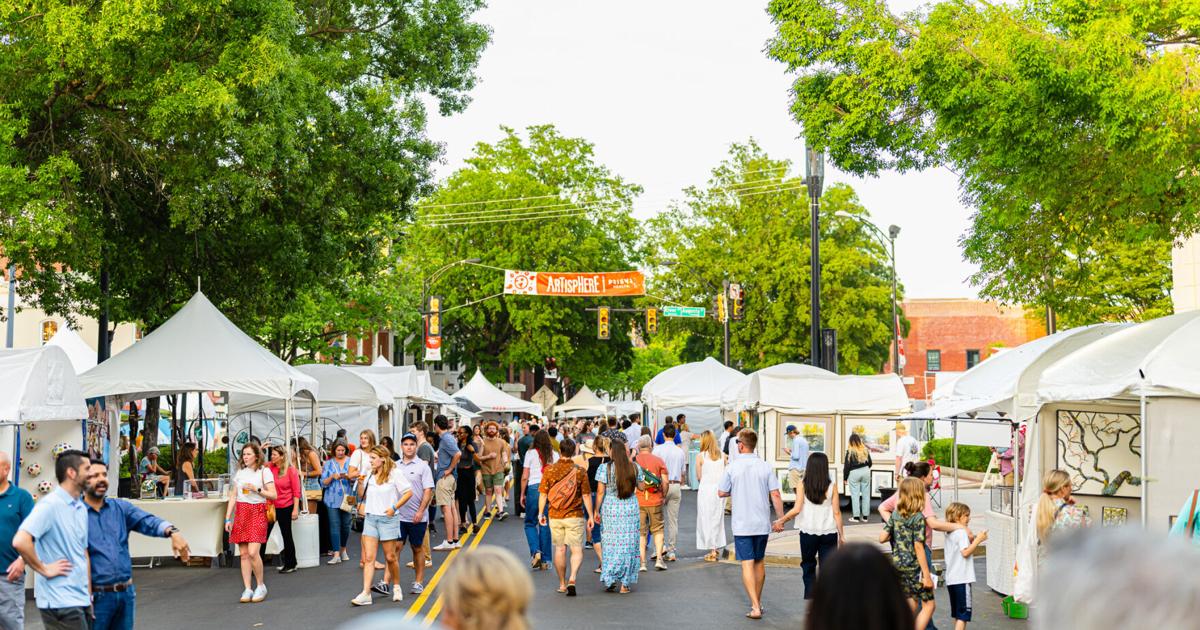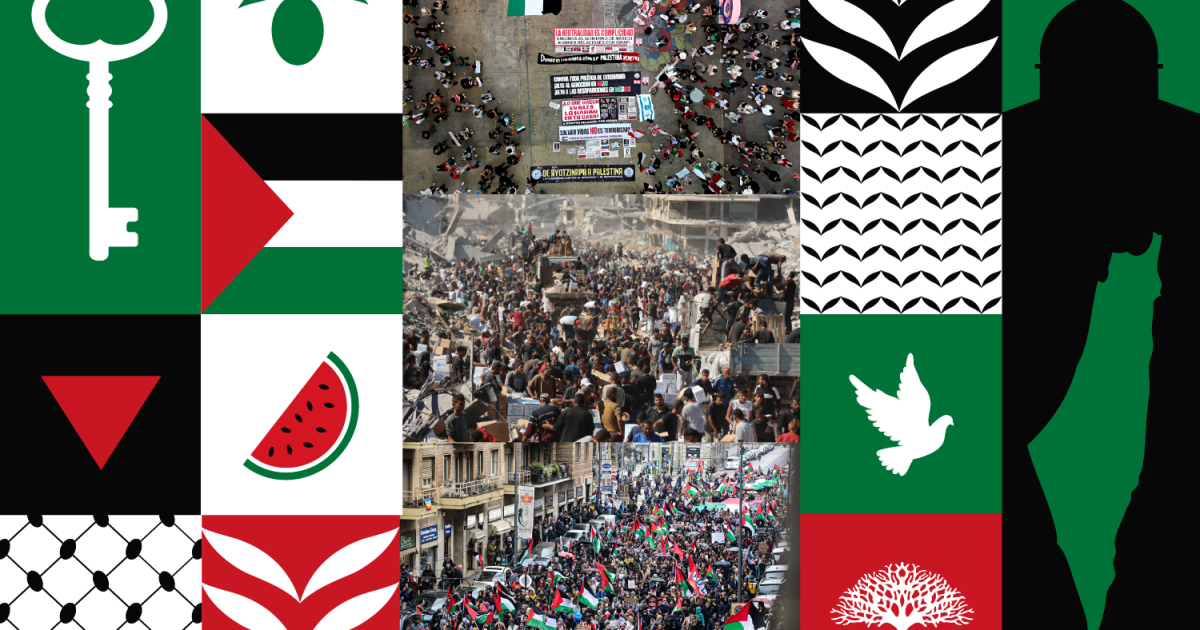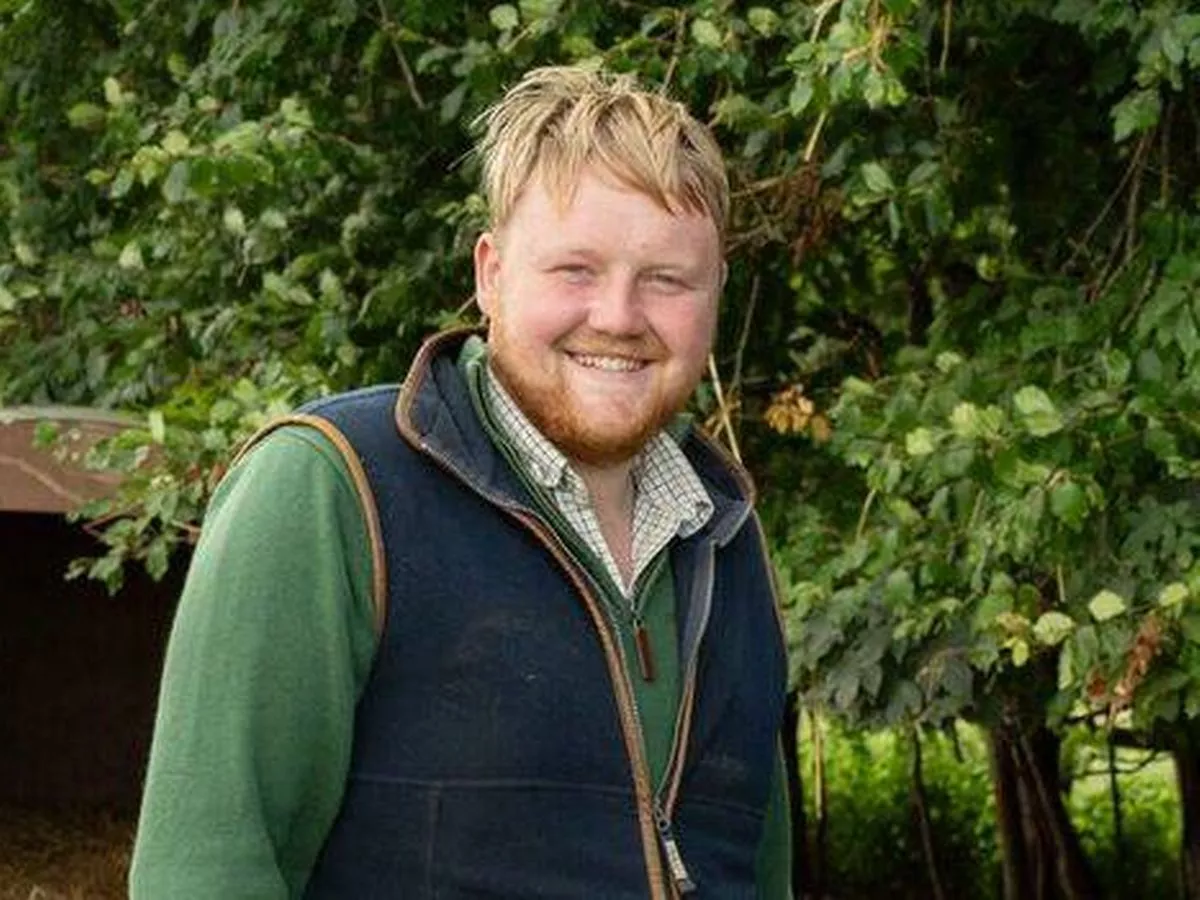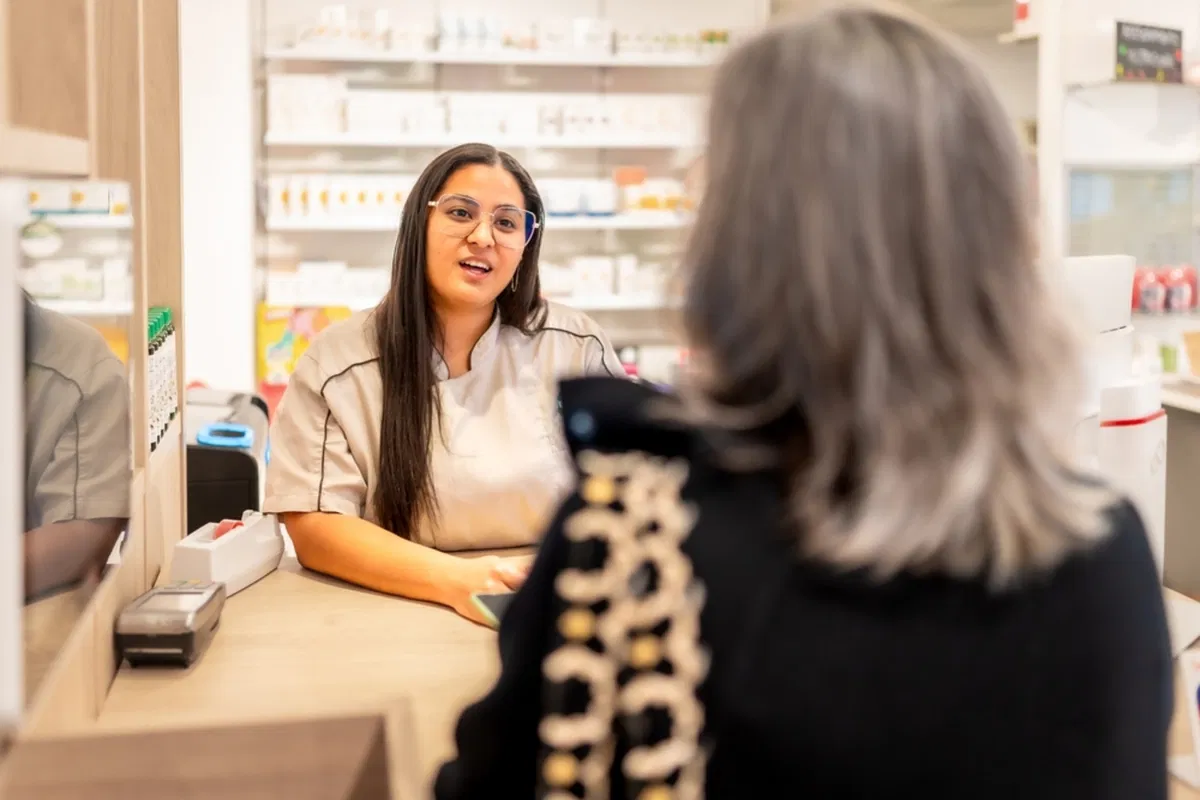Copyright Charleston Post and Courier

GREENVILLE — You know the signs. A rooftop bar. A brewery. An old mill turned into a brewery. Murals and artisan ice cream and string lights and Trader Joe’s. It’s what shows up in tourism promotions, on “comeback city” bingo cards and videos making fun of “up-and-coming cities.” “We’re not a big city,” local comedian Joey Thompson said in one such video that struck a nerve in Greenville. He said it with the air of someone trying to convince himself. Then he added, “But we’re definitely not a small town.” “The way I immediately knew this was GVL (still love it though),” read one comment on the viral video, seen by tens of thousands of people. “The string lights are always the omen,” read another comment. “I love my city. But I miss the one that I grew up with. It WAS up-and-coming in the 90s. I barely recognize GVL sometimes,” another read. The comments reflected common fears: If Greenville completes its transformation and becomes a truly big city, will it still hang on to what makes it special? Will the people who’ve flocked to the city, building homes and starting businesses and reenergizing the economy, still want to live here? It was 2021, the same year national media outlets named Greenville one of America’s best small cities, one of its friendliest cities, a Southern city “on the rise.” The population began swelling as people fled larger cities during the pandemic. More cranes rose above downtown. “Is that what we want to be?” asked Megan Riegel, the Peace Center president and CEO who moved to Greenville 31 years ago from New York City. “Let me tell you what, when that's what you want to be, a lot of these people that moved in here will be moving out. I think people don't move here for it to feel like a big city.” “Up-and-coming city – I feel like that’s such a platitude in a lot of cities around America who maybe aren't entirely sure of their identity,” Thompson said in a recent interview, reflecting on the video he made four years ago. “I think the reality is a lot of up-and-coming cities that become big cities, they become their worst nightmare,” he said. The Goldilocks city On a recent sunny morning, tourists lined up at a Main Street coffee shop. They ordered iced coffees and teas and snapped photos in the picture window. They marveled at the feel of the city, like a “little big city.” “It’s a Goldilocks city,” one says. More and more Americans want to live in small towns, not big cities, according to the Gallup Poll. Data shows the exodus from large metro areas to places like South Carolina. Greenville is reaping the rewards. The city has seen its population and income levels rise rapidly as it notches spots on numerous promotional lists, like best small towns to retire to, best cities to visit and best places to live. It wasn’t always that way. Greenville’s rebirth is a story most residents have memorized: from a small town named Pleasantburg on the American frontier in the 1700s to a booming manufacturing hub known as the “textile capital of the world” in the 1800s to a hollowed out Main Street in the 1970s. At the end of the 20th Century, crime became a problem and people left the city in droves. After peaking in the 1960s, the city’s population dropped by around 15 percent, reaching 56,000 in the early 2000s. But then Greenville picked itself up and brushed itself off, spending millions to turn downtown into a carefully manicured modern attraction. The population began to climb for the first time in decades. In the mid-2010s, the city surpassed its previous mark. Today, around 78,000 people live in the city. Eight-term Mayor Knox White tied his political career to the city’s revitalization, promoting urban amenities while also maintaining features of a small town, like the tree-lined Main Street and historic brick facades. “We've intentionally created a successful urban space, but part of the charm is that it's walkable and it has a village atmosphere on the street level,” White said. The idea, he said, is to give residents the amenities they want — a bite to eat, a show at the Peace Center, a walk down Main Street — without the headaches you might find in a bigger city: traffic, crowds, crime. That’s “the golden mean,” White said. Maintaining that balance will become more difficult as Greenville grows, White acknowledged, though he still thinks it can be accomplished. “You have more traffic, you have more people, but you get a lot of amenities that people like,” White said. “And they clearly do, because they show up in big numbers.” Take Bruce and Erin Warren, who moved to Greenville two years ago and retired. They love Greenville, particularly the feeling that it’s not too small, not too big — so much so that sometimes, out of the blue, Bruce turns to Erin and says, “I just love the size of this town.” By any definition it’s a city, but the Warrens often catch themselves calling it a town. “I love the cleanliness of this town,” Erin said at one point. “City!” she corrected herself. “Why do I do that?” The Warrens could be tourism ambassadors the way they speak about Greenville. The city is entirely manageable, they say. It’s walkable and friendly. Yet there’s plenty to do, too. There are restaurants and theaters and a new event to attend every week. But while the Warrens love Greenville, they’ve seen some concerning trends, as well. Rising homelessness makes them uncomfortable. Increased traffic makes living downtown less pleasant. Rising prices mean they don’t go out as often as they once did. Frankly, they like other cities, too. They’re not sure if they’ll stay. Welcome to Greenville. Here are the rules. Deb Sofield has a running joke with her friends. What Greenville needs, the water commissioner, motivational speaker and former City Council member says, is a billboard welcoming newcomers. It will say, “Welcome to Greenville. Here are the rules.” “They moved here for the Southern way of life, but when you’re used to going 90 miles an hour, it seems great until you move here, and you live here and you realize, by golly, we really do slow down here,” Sofield said. It’s what Sofield and others described as changing attitudes as Greenville grows. Things like making eye contact, waving on the road, not honking in traffic, opening the door for others or pulling over if there’s a funeral procession aren’t as common anymore, they said. Those are things you’d expect in the big city. “I’m not sure we have small town charm anymore, I’ve got to tell you,” Sofield said. Lisa Stevens, a friend of Sofield’s who worked as a planner for Greenville County before taking on a wide variety of leadership roles in the community, agrees. “You've got to be growing to stay viable,” she said. “But the cultural side of that is, how do you hang on to your culture, or to your vibe that attracted people in the first place? And that's a real dilemma.” Greenville really was a small town once, said Bill and Susan Smith, the couple behind the comedy show Cafe and Then Some. The Greenville institution has skewered the area’s culture and politics for decades. The Smiths can remember what downtown was like in the ‘50s and ‘60s, a vibrant commercial hub in the Upstate. And they can remember what it was like in the ‘70s and ‘80s, when the business district emptied out. As children and young adults in Greenville, it felt like everyone knew each other, Susan Smith said. Their parents’ friends came to their first shows. The families had roots in the area. When they walked up and down Main Street, they’d often see people they knew. For years, the Smiths built their sketches around the familiar tropes of Greenville culture. They’d name characters after the city’s founders. They’d write songs about the mill villages or poke fun at the “Yankee suburbs.” Now, they have to reshape their sketches for a new audience — one unfamiliar with the old Greenville. Instead of the mill villages, the Smiths poke fun at the latest internet phenomenon or national headline. “We've always kind of relied on stereotypes of different components of town, and as Greenville matures into a more urban area, I think less people really appreciate that,” Susan Smith said. The sense that the old Greenville is disappearing stretches across the city. The demographics are changing. The percentage of African American residents in Greenville is falling precipitously. Average incomes are rising almost as fast. Large new apartment complexes in West Greenville and near the North Main neighborhood prompted fierce pushback from neighbors, who say the projects will forever change what defines their communities. In historically Black neighborhoods like West Greenville or Nicholtown, modern townhomes and multi-story duplexes are crammed next to shotgun houses. Still, none of the neighborhood leaders who spoke with The Post and Courier said the negatives outweigh the positives of living in Greenville. Nor are they asking people to stop moving to their communities. Calvin Hailstock, the Nicholtown neighborhood president, said he’s glad Greenville is growing. He’s glad people have renewed interest in his community. Yet as he watches two- or three-story homes replace the single-story homes in Nicholtown, he also worries the people who built up the neighborhood are being forgotten. Even as the city embraces the new, it has to remember the past, he said. “I love everyone who has come to our neighborhood, and that is beginning to make our neighborhood a better place,” Hailstock said. “But we want to make sure that we don't erase what has been.” What does Greenville want to be? From behind her desk in the Peace Center, surrounded by some of the city’s largest, newest developments, Riegel asked a question. “Does Greenville want to be a big city?” she asked. “I think one of the questions you should be asking is, what does Greenville want to be?” Riegel grew up in rural Ohio and bounced from Dallas to Cleveland to Philadelphia to New York before landing in Greenville. She left New York for Greenville because it was a slower, more-affordable lifestyle, she said. A better place to raise her daughter. Soon after she arrived, a local official told her she’d save an extra two hours by leaving the big city. “Living in a big city, there's nothing easy about it,” Riegel said. Here, “day to day living is pretty darn easy.” That was true then. It’s still true — but it’s getting less true. “It's great to want all those things,” Riegel said, listing off new shops and new amenities. “But you're gonna pay a price for it.” In November, Cafe and Then Some will close after more than 40 years. The Smiths cited rising costs, declining revenue and getting older. They leave behind a changed Greenville. “I'm glad that it's an exciting, desirable place to be alive. It's exciting,” Susan Smith said. “It feels like sometimes you're drinking the Kool-Aid. But not all the time.” Looking around downtown, Bill Smith says it’s becoming something of an “upscale Myrtle Beach.” “It feels like from this point that it's just going to get more and more kind of slicky corporate, glossy stuff,” Susan Smith said. “Which is fine, but …” she trails off. “Yeah, I agree,” Bill interjected. “We’re losing turf.” The new businesses and restaurants that have sprung up seem geared toward the visitors and wealthy newcomers, Bill said, not the locals. Gone are the dive bars or corner groceries, replaced by upscale boutiques and rooftop restaurants. The Smiths’ comedy cafe was once one of the few businesses open downtown. Crime was a concern, and everything shuttered at night. But when they’d drive to work, they’d always see someone they knew. Now, the sidewalks are busy. But they’re full of strangers.



